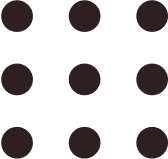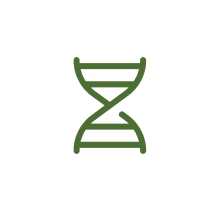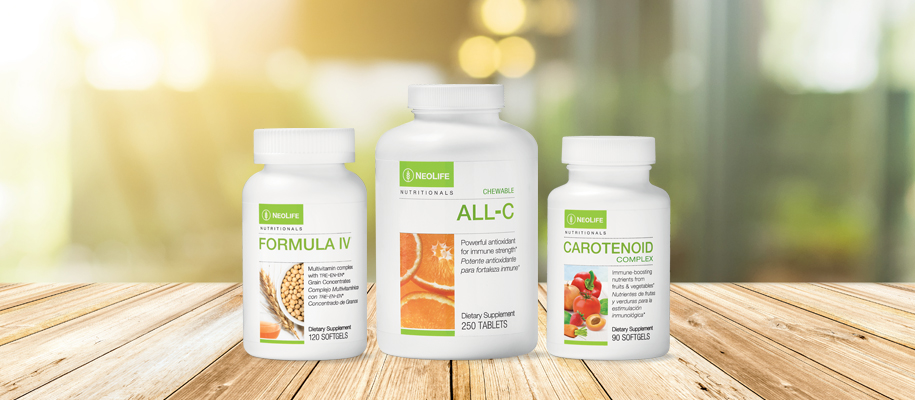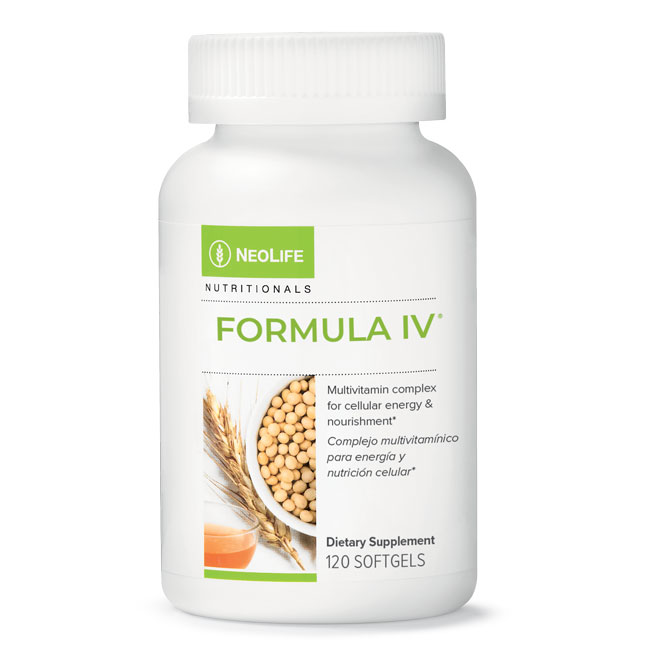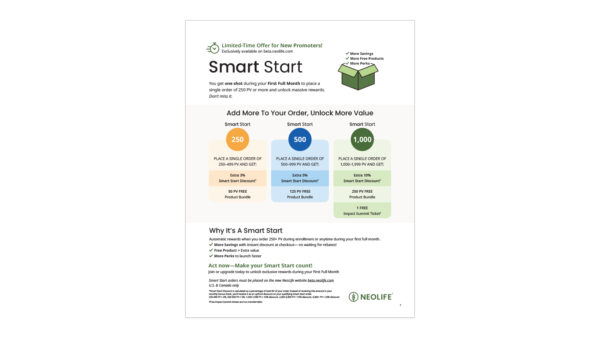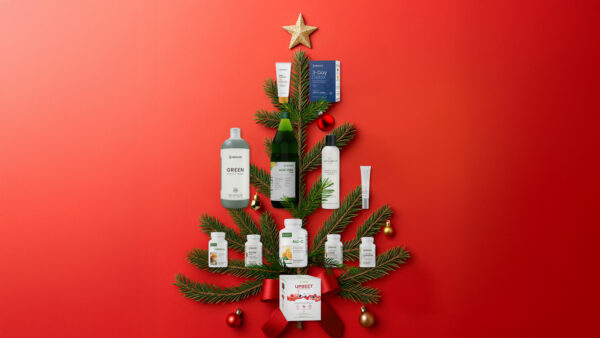NeoLife: Decades of Excellence
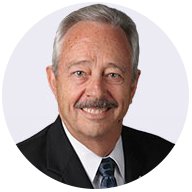 By John Miller,
By John Miller,
SAB Director, Product Technologist, Researcher
When I was asked to write this blog, I was excited to embark on the project. After all, I had a front row seat from which to observe it for 55 years. How much fun that will be, I thought.
Being an analytical type, I started by first thinking about what the word “excellent” represents. Dictionary definitions are always pretty good references. I chose Webster’s New World College Dictionary: “Excellent, adjective; Outstandingly good of its kind; of exceptional merit, virtue, etc.” No surprise there.
Though NeoLife as a company, and our products, easily fulfill that definition, I felt it lacks the perspective of time. It’s one thing to do something excellently once. It’s a much bigger thing to do it repeatedly. Excellence is not a static attribute. It is transitory. What was considered excellent in 1973 could be quite different from what is considered excellent today. Nowhere is that reality better displayed than our products and the science and technology that support them.
Let’s take a quick look back along the NeoLife excellence timeline and I think you’ll see what I mean.
Excellence from Day One:
When NeoLife started business back in 1958 it focused on the idea that health-eroding dietary deficiencies were widespread, and supplementation was a powerful way to fix that. An excellent, intuitively smart idea that has stood the test of time.
The product the company started with, what we call Formula IV today, is where the excellence of that moment is found. Including a broad array of vitamins and mineral and related nutritional factors made it a great choice. But with the inclusion of cell-building “lipids and sterols” a new standard of product excellence was established, Cellular Nutrition. One that science has substantiated repeatedly over the decades since. Looking back on that from today’s perspective it seems obvious that viewing nutritional needs through the lens of the cell was an excellent idea that has stood the test of time.
Acknowledging and Delivering the Power of Whole Food.
By the 1960s supplement companies were starting to become a more visible part of day-to-day life. Big companies brought big dollars to the marketplace, and with them, large scale production of vitamins and minerals for supplementation or food fortification. Strong advertising campaigns about the benefits that they would provide began to get consumer attention.
Fully aware of this situation, NeoLife took a more cautious and prudent course. Did it make sense that such highly refined and isolated nutrients alone would address the nutritional health challenge? To answer that question, they looked to the best reference point there was, Mother Nature. What was Nature’s Plan for Human Nutrition? And Nature pointed the way.
In the middle 1960s NeoLife introduced the product we call All-C; a great-tasting chewable vitamin C. During development, by “following Nature’s Blueprint” NeoLife formulators discovered that Nature never delivers vitamin C all by itself. It is always accompanied by other related food factors.
Using the whole orange as their model NeoLife researchers first identified and then included those whole citrus factors in All-C, establishing a new standard of excellence for vitamin C supplementation. This Nature’s Blueprint philosophy is still alive and well in our product line some 50+ years later as NeoPlex Concentrate.
Over the subsequent decades, science has shown that the presence of these nutritional factors in citrus can amplify the benefits of vitamin C in the body for better absorption and better retention.1 An often-overlooked example of NeoLife foresight that has stood the test of time.
Others Recognize NeoLife Excellence.
Moving forward on the excellence timeline a couple of decades or so brings us to the early 1990s. Though many moments of excellence populate that period, the 1990s reflect a new standard of excellence that separated NeoLife from the rest of the industry. While continuing our commitment to “follow Nature’s blueprint” and tapping into vast amounts of data resulting from access to the United States Department of Agriculture’s (USDA) NHANES (National Health and Nutrition Examination Survey) database, the NeoLife Scientific Advisory Board (SAB) triggered a long, connected period of product excellence that remains unmatched today. This work got the attention of, and acceptance from, scientists and researchers across the health and disease research spectrum.
From years of research and development to identify, extract and deliver highly sensitive bioactive whole food components Carotenoid Complex was born. That story is one of the greatest in the supplement industry and would take way too long to tell here. But the series of events that came from that tell an unmatched story of excellence.
It starts with our human clinical bioavailability study. Pretty much unheard of before for dietary supplements, the NeoLife SAB produced evidence that highly sensitive bioactive components of whole foods called “carotenoids” could be extracted, packaged in a gelatin capsule delivery system, and delivered intact in the blood stream. Powerful data!
NeoLife Excellence Gets Attention:
Awareness of our work on carotenoids got the attention of researchers from across the country and resulted in the SAB receiving an invitation to a special meeting of the New York Academy of Sciences (NYAS) called “Carotenoids in Human Health.” The abstract of that work was published in the Annals of the NYAS in 1993.2
While this was happening, the entire study was presented for publication to The American Journal of Clinical Nutrition, one of the world’s most prestigious peer-reviewed journals. Acknowledging the excellence and timeliness of that work, it was accepted and published in April 1994.3
Meanwhile, sitting in the audience at the NYAS event were members of the USDA’s Human Nutrition Research Centers. Shortly after that meeting, they approached us with the idea of doing some additional research on Carotenoid Complex as part of their work on understanding benefits and determining recommended intakes for carotenoids from food. Another indication of the excellence the product represented. After short discussion and consideration by the SAB, we agreed.
Third Party Proof of Excellence:
Following our agreement those USDA researchers embarked on a series of studies that established the excellence of Carotenoid Complex beyond a doubt. Over the next few years, they, along with the SAB, presented and published peer-reviewed evidence that reconfirmed bioavailability and showcased its beneficial bioactivity in the blood stream4, on cell membranes5-6 and within the healthy immune system.7-8 That work, as well as subsequent work done by the SAB and others, has made Carotenoid Complex one of the most tested and validated product of its kind. Excellence only NeoLife has achieved.
NeoLife Excellence; Standing the Test of Time.
Whether you look at the excellence of the Formula IV of 1958, or the introduction of whole citrus fortified All-C in the 60s, or the compelling excellence of Carotenoid Complex and its amazing scientific proof of benefit, these are all just reflections of the genesis and perpetuation of excellence fostered by and drawn from the company’s commitment to that goal. It can be seen throughout our product line. Every product is grounded in the pursuit of excellence… and of course with an undying respect for Nature’s plan.
There are many examples of NeoLife product excellence in our 65-year history. Far too many to cover here. It is my hope that this gives you some insight into the excellence that is NeoLife.
|
Formula IV First multifactor food supplement to provide vitamins and related food factors, minerals and enzymes, and lipids and sterols. |
|
|
All-C Chewable vitamin C with the equivalent of 4 oranges in each tablet to support immunity. |
|
|
Carotenoid Complex Exclusive blend of broad spectrum, powerful, immune-boosting carotenoid nutrients from fruits and vegetables.* |
References:
- Vinson JA, Bose P. Comparative bioavailability to humans of ascorbic acid alone or in a citrus extract. Am J Clin Nutr. 1988 Sep; 48(3): 601-4.
- Carughi A, Hooper FG. Plasma carotenoid concentrations before and after supplementation with a carotenoid mixture. Ann N Y Acad Sci. 1993; 691: 244-45.
- Carughi A, Hooper FG. Plasma carotenoid concentrations before and after supplementation with a carotenoid mixture. Am J Clin Nutr. 1994 Apr; 59(4): 896-9.
- Dixon ZR, et al. Effects of a carotene-deficient diet on measures of oxidative susceptibility and superoxide dismutase activity in adult women. Free Radic Biol Medicine. 1994 Dec; 17(6): 537-44.
- Dixon ZR, et al. Effect of low carotene diet on malondialdehyde (MDA) concentration. FASEB J; 1996; 10: A240.
- Dixon ZR, et al. The effect of a low carotenoid diet on malondialdehyde-thiobarbituric acid (MDA-TBA) concentrations in women: a placebo-controlled double-blind study. J Am Coll Nutr. 1998 Feb; 17(1): 54-8.
- Kramer TR, Burri BJ, Neidlinger TR. Carotenoid/Flavonoid Modulated Immune Response in Women. Proceedings of the annual meeting of Professional Research Scientists Federation of American Societies of Experimental Biology. April 9-13, 1995. San Francisco, California.
- Kramer TR, Burri BJ. Modulated mitogenic proliferative responsiveness of lymphocytes in whole-blood cultures after a low-carotene diet and mixed-carotenoid supplementation in women. Am J Clin Nutr. 1997 Mar; 65(3): 871-5.

